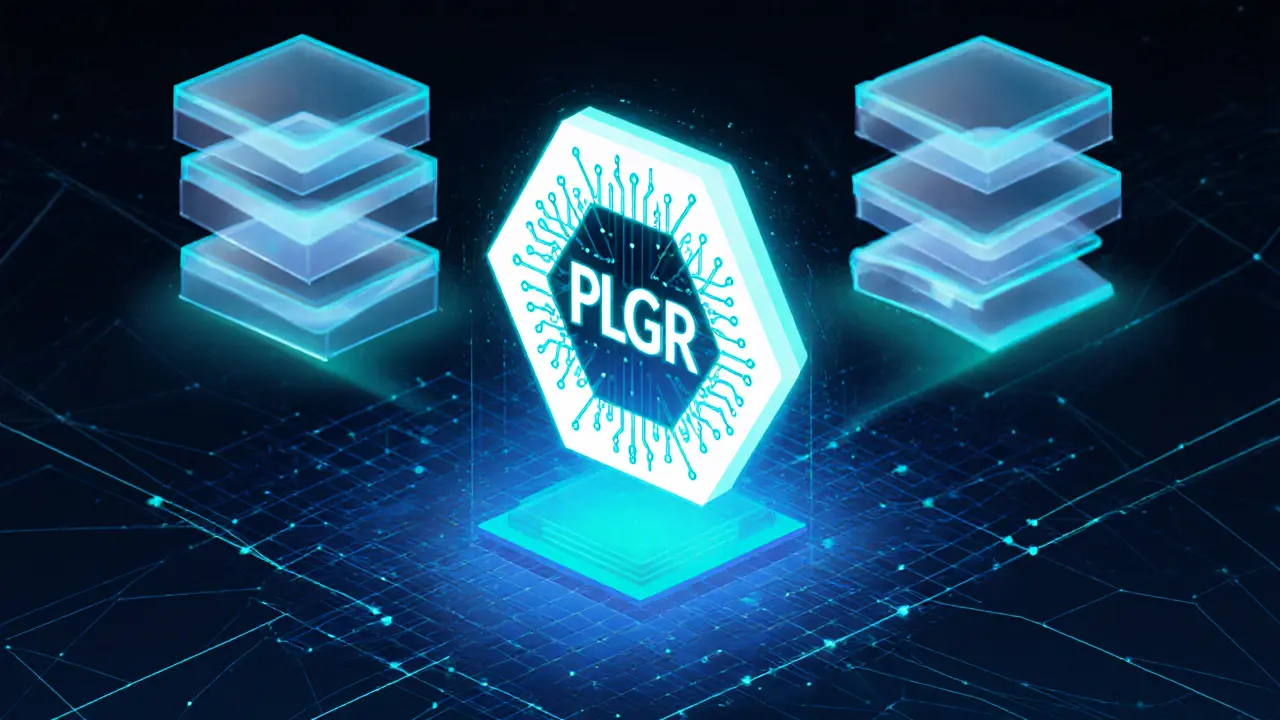Pledge Finance token: everything you need to know
When working with Pledge Finance token, a DeFi instrument that lets users lend, borrow, and earn yield using a native governance token. Also known as PLEDGE, it bridges traditional finance concepts with blockchain automation. The token’s tokenomics, supply schedule, reward distribution, and deflationary mechanisms shape its market behavior, while crypto licensing, the legal framework that governs lending protocols in the U.S. and EU determines how projects can operate across borders. A well‑planned airdrop, community incentive program delivering free tokens to early supporters can boost adoption, and listing on a reputable crypto exchange, platform that provides liquidity, security, and compliance checks gives the token the visibility it needs to thrive. In short, the Pledge Finance token encompasses tokenomics, requires crypto licensing compliance, benefits from strategic airdrops, and gains traction through exchange listings.
How the pieces fit together
The first step to understanding any DeFi asset is to break down its tokenomics. For PLEDGE, the supply is capped at 100 million tokens, with 30 % allocated to liquidity mining, 20 % to a community airdrop, 15 % reserved for the development team (vested over four years), and the remainder split between partnerships and a treasury. This structure creates a built‑in incentive for users to provide liquidity, while the vesting schedule protects the market from sudden dumps. Because the token powers borrowing and lending, the platform must meet crypto licensing requirements in the jurisdictions where it offers services. In the U.S., that means registering as a Money Services Business (MSB) and possibly obtaining a BitLicense if the protocol allows custodial services. In Europe, the MiCA passport simplifies cross‑border compliance, but firms still need to prove AML/KYC measures. These licensing steps directly influence which exchanges will list PLEDGE – regulated venues prefer tokens that have clear compliance pathways.
A successful airdrop amplifies both user acquisition and exchange interest. By targeting early adopters with a 20 % token allocation, the project creates a base of holders who are more likely to trade on platforms that support the token. Exchanges, in turn, evaluate the token’s risk profile, liquidity depth, and compliance status before listing. When an exchange lists a token that has passed licensing checks and has an active community, it reduces its own regulatory exposure and attracts more traders. This feedback loop—where tokenomics drive airdrop design, airdrops boost community size, and a compliant token attracts exchange listings—creates a sustainable growth engine for the Pledge Finance token.
Below you’ll find a curated collection of articles that dive deeper into each of these areas. Whether you’re looking for a step‑by‑step guide on US crypto licensing, a breakdown of tokenomics for similar DeFi projects, insights on running a successful airdrop, or reviews of exchanges that might list PLEDGE, the resources here cover the full spectrum. Use them to sharpen your strategy, assess risks, and stay ahead of regulatory changes as the token evolves.

PLGR (Pledge Finance) Airdrop Details: What You Need to Know
Mar 25, 2025, Posted by Ronan Caverly
Discover the real status of a PLGR airdrop, token details, market data, and how to spot scams. Get clear answers and a handy checklist for Pledge Finance.
MORESEARCH HERE
Categories
TAGS
- decentralized exchange
- crypto exchange review
- cryptocurrency
- crypto coin
- CoinMarketCap airdrop
- smart contracts
- tokenomics
- cryptocurrency exchange safety
- crypto exchange
- cryptocurrency airdrop
- crypto airdrop
- cryptocurrency exchange
- crypto airdrop guide
- blockchain token distribution
- DeFi
- crypto exchange scam
- crypto airdrop 2025
- Ethereum
- cross-chain interoperability
- ERC-20
